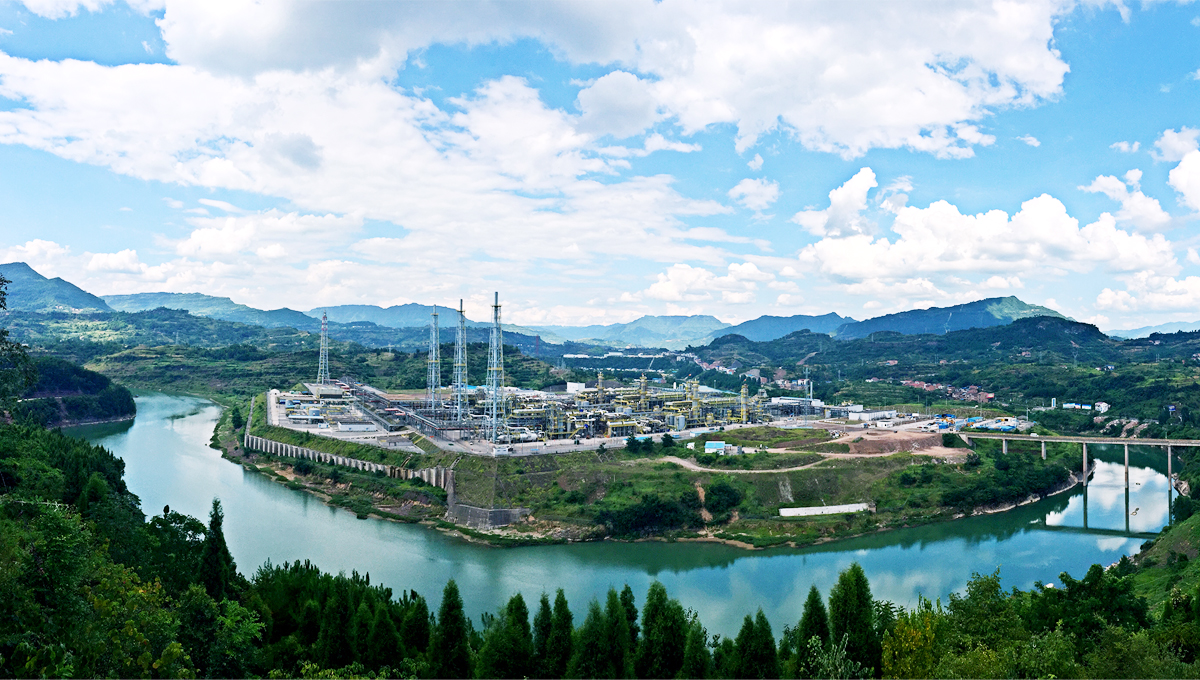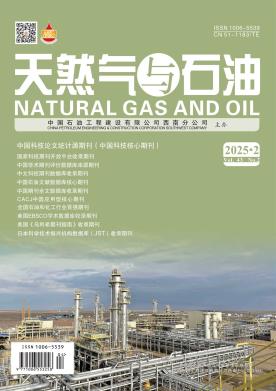海底沉积物中CO2—H2O乳液生成水合物动力学研究
Kinetic study on hydrate formation in CO2-H2O emulsion in seafloor sediments
浏览(2479) 下载(5)
- 引用格式:
-
李中,庞维新.海底沉积物中CO2—H2O乳液生成水合物动力学研究[J].天然气与石油,2025,43(2):1-11.doi:10.3969/j.issn.1006-5539.2025.02.001
LI Zhong, PANG Weixin.Kinetic study on hydrate formation in CO2-H2O emulsion in seafloor sediments[J].Natural Gas and Oil,2025,43(2):1-11.doi:10.3969/j.issn.1006-5539.2025.02.001
- DOI:
- 10.3969/j.issn.1006-5539.2025.02.001
- 作者:
- 李中1,2 庞维新1,2
LI Zhong1,2, PANG Weixin1,2
- 作者单位:
- 1. 海洋天然气水合物全国重点实验室, 北京 100028; 2. 中海油研究总院有限责任公司, 北京 100028
1. State Key Laboratory of Offshore Natural Gas Hydrates, Beijing, 100028, China; 2. CNOOC Research Institute Co., Ltd., Beijing, 100028, China
- 关键词:
- CO2水合物封存;CO2-H2O乳液;转化率;封存密度
CO2 hydrate storage; CO2—H2O emulsion; Conversion rate; Storage density
- 摘要:
- 海底沉积物中水合物法CO2地质封存具有封存潜力大、生态影响小、泄漏风险低等潜在优势,有望大规模应用,助力中国实现“双碳”目标。强化沉积物中CO2水合物转化率,实现高密度CO2固态封存是现阶段海底沉积物中水合物法CO2地质封存技术工业应用的关键点。从强化CO2和H2O接触能力的角度出发,探究了不同CO2/H2O体积比的CO2微乳液体系水合物生成的动力学行为,并与传统液态CO2—海水体系水合物生成进行了对比。研究结果表明,利用乳液的高度分散特性,CO2水合物生成量、转化率和封存密度均比同条件下非乳液体系高,尤其在乳液含水率50%(体积百分比)时,水合物生成效果最佳,水合物生成量达到非乳液体系水合物生成量的3倍。CO2水合物转化率则随乳液含水率增大而增大,提高乳液含水率有利于CO2更多地以固态水合物形式封存,但仍要综合考虑注入成本和CO2水合物封存密度。在CO2水合物生成速率方面,前期生成速率随乳液含水率减小而增大,而中后期乳液含水率40%~60%时生成速率更高,最终CO2以液态和水合物相两种形式封存于沉积物中,其中CO2总封存密度随乳液含水率的增加而降低,CO2水合物封存密度存在最佳的乳液含水率,当乳液含水率50%(体积百分比)时对应最佳水合物相封存密度59.91 kg/m3,水合物饱和度44.3%。研究结果为海底沉积物中水合物法CO2地质封存提供了数据支撑、规律性认识及新思路。
The hydrate-based CO2 storage in seafloor sediments offers the potential advantages such as large storage potential, minimal ecological impact, and low leakage risk, making it a promising solution for large scale application to achieve China's “dual carbon” goals. At present, the key to the industrial application of this technology is to enhance the conversion rate of CO2 hydrates and achieve highdensity CO2 solidstate storage. In this study, we explored the kinetic behavior of hydrate formation in CO2 emulsion systems with different CO2/H2O volume ratios, aiming to enhance the contact between CO2 and water, and compared it with the hydrate formation in traditional liquid CO2-seawater system. The results show that due to the highly dispersed nature of emulsions, the formation quantity, conversion rate and storage density of CO2 hydrates are higher than those in non-emulsion systems under the same conditions. Notably, at a water content of 50 vol%, the hydrate formation quantity tripled compared to nonemulsion systems. The conversion rate of CO2 increased with higher emulsion water content, facilitating more CO2 being stored in solid hydrate form, but the injection cost and CO2 hydrate storage density should be considered comprehensively. The CO2 hydrate formation rate increased with decreasing water content of emulsion in the early stage of formation, while it was relatively higher between 40 vol%~60 vol% in the middle and late stages. Ultimately, CO2 was sequestered in sediments in both liquid and hydrate phases. The total sequestration density of CO2 decreased with increasing emulsion water content, and there was an optimal emulsion water content for maximizing the sequestration density in the hydrates, achieving 59.91 kg/m3 and a hydrate saturation of 44.3% at a water content of 50 vol%. This study provides data support, insights, and new perspectives for hydratebased CO2 storage in submarine sediments.



